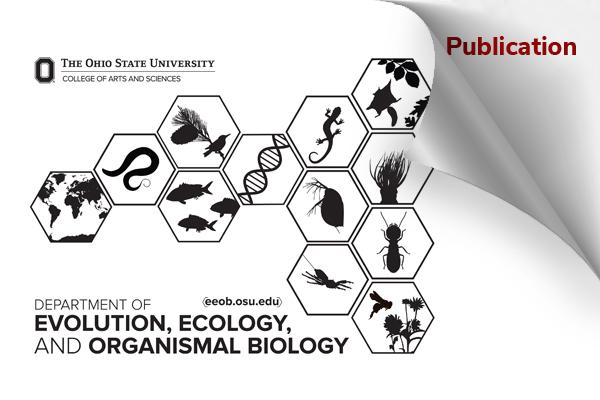August 27, 2024
EEOB Publication - Berger-Wolf

AI for Nature: From Science to Impact
Tanya Y. Berger-Wolf. KDD '24: Proceedings of the 30th ACM SIGKDD Conference on Knowledge Discovery and Data Mining. doi.org/10.1145/3637528.3672192
Abstract
Computation has fundamentally changed the way we study nature. New data collection technologies, such as GPS, high-definition cameras, autonomous vehicles under water, on the ground, and in the air, genotyping, acoustic sensors, and crowdsourcing, are generating data about life on the planet that are orders of magnitude richer than any previously collected. Yet, our ability to extract insight from this data lags substantially behind our ability to collect it.
The need for understanding is more urgent than ever and the challenges are great. We are in the middle of the 6th extinction, losing the planet's biodiversity at an unprecedented rate and scale. In many cases, we do not even have the basic numbers of what species we are losing, which impacts our ability to understand biodiversity loss drivers, predict the impact on ecosystems, and implement policy. From the basic science perspective, the new data opens the possibility of understanding function of traits of organisms and ecosystems, which is critical for biologists to predict effects of environmental change or genetic manipulation and to understand the significance of patterns in the four-billion-year evolutionary history of life.
The key to unlocking the potential of this data are machine learning (ML) and artificial intelligence (AI) methods, which are already beginning to have significant impacts on research across ecology and conservation. AI can turn data into high resolution information source about living organisms, enabling scientific inquiry, conservation, and policy decisions.
The talk introduces a new field of science, imageomics, and presents a vision and examples of AI as a trustworthy partner both in science and biodiversity conservation, discussing opportunities and challenges.
